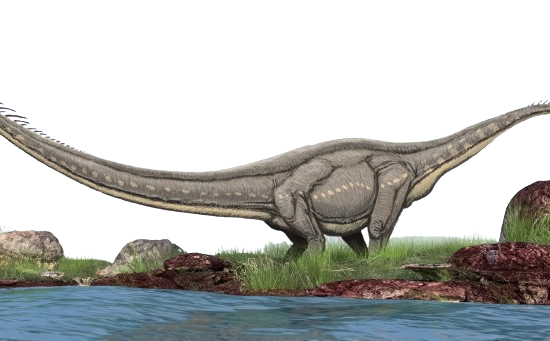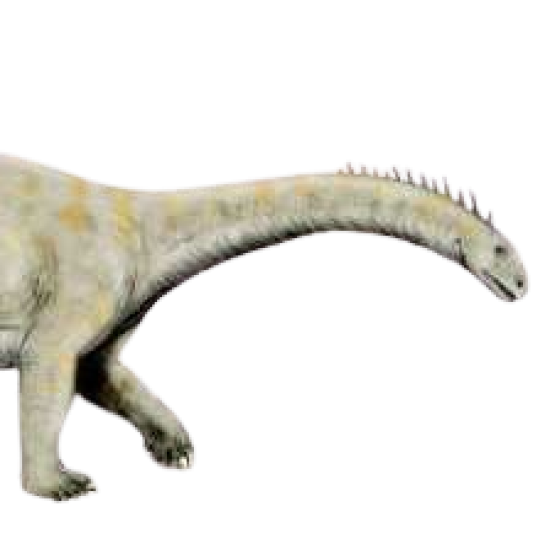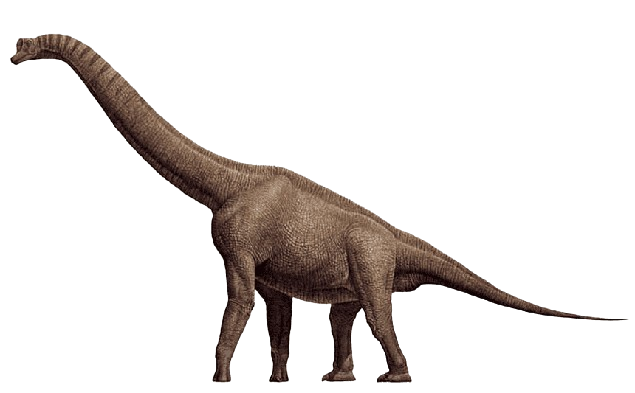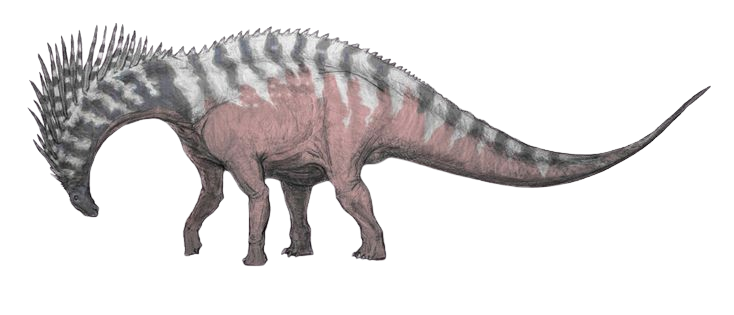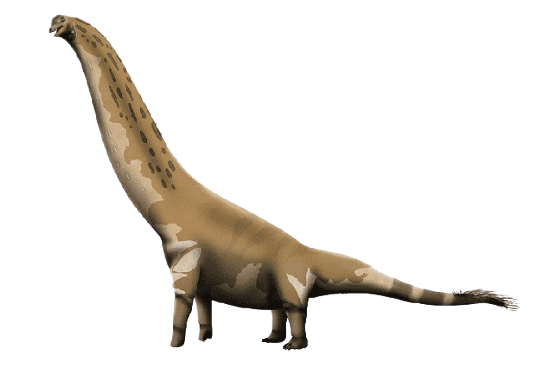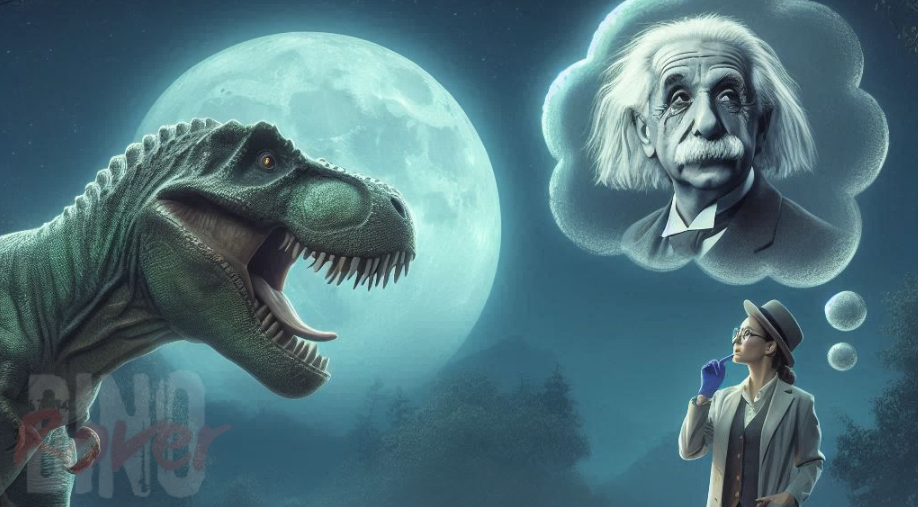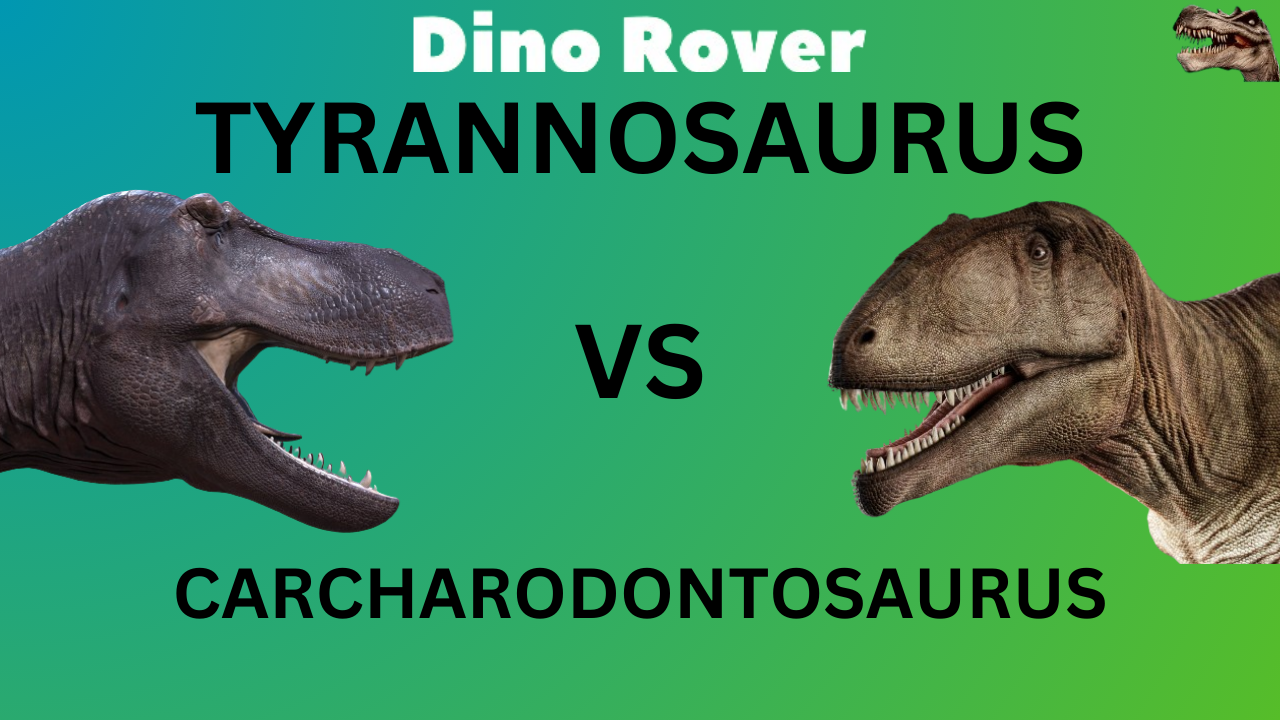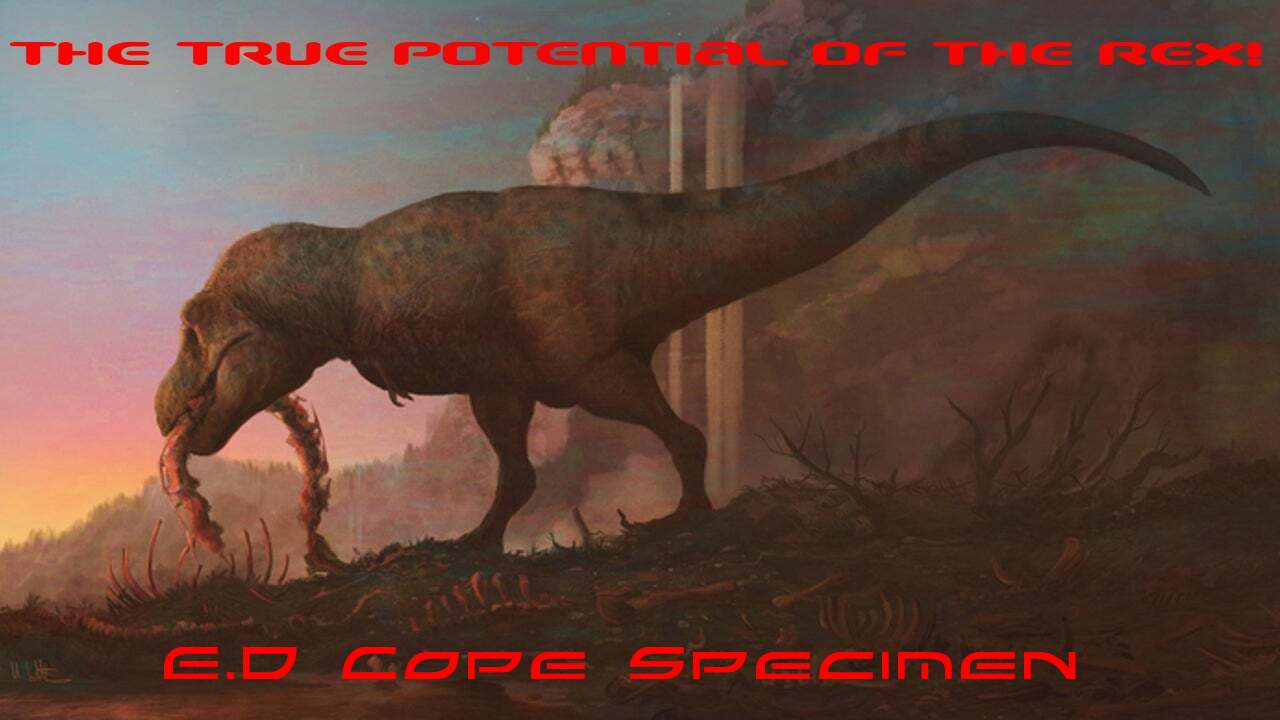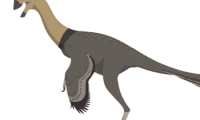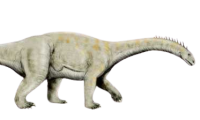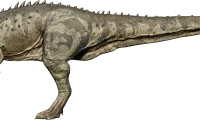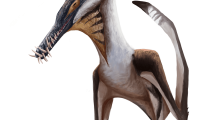Classification: Sauropodomorphs
Zigongosaurus
Zigongosaurus was a large Chinese social herbivore that unconventionally didn’t lay eggs in nests. Lets discover more about its anatomy in this article about the mighty Zigong Lizard.
Vulcanodon
Vulcanodon was a big guy, about 20 feet long. It had a long neck, a lengthy tail, a small head, and some beefy legs and body to match. To add a little edge to its style, Vulcanodon sported nail-like claws on its feet and an extra-large claw on each of its big toes. Dive into the huge world of the Vulcanodon by reading this article about the Volcano Toothed Lizard.
Amargasaurus – the dino with a double row of spines
Amargasauru, a small sauropod, was closely related to the Argentinosaurus. A herbivore quadrapod, it was famous for a double row of spine on it’s back.
Giraffatitan
Giraffatitan is a genus of sauropod dinosaur that lived during the late Jurassic Period. It was originally named as an African species of Brachiosaurus, but this has since been changed. iraffatitan was for many decades known as the largest dinosaur…


